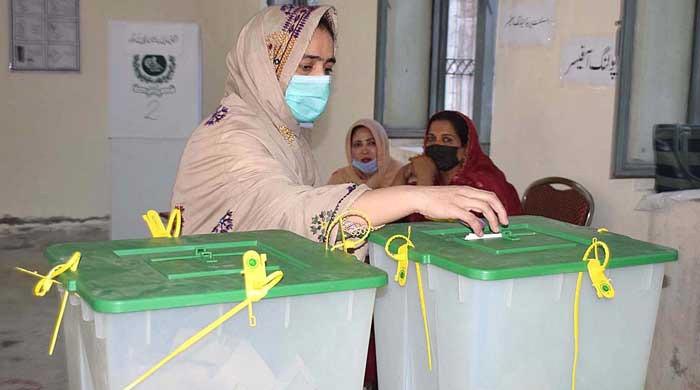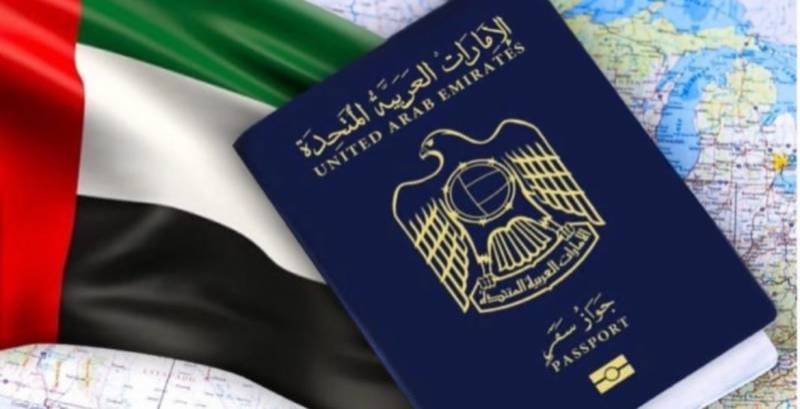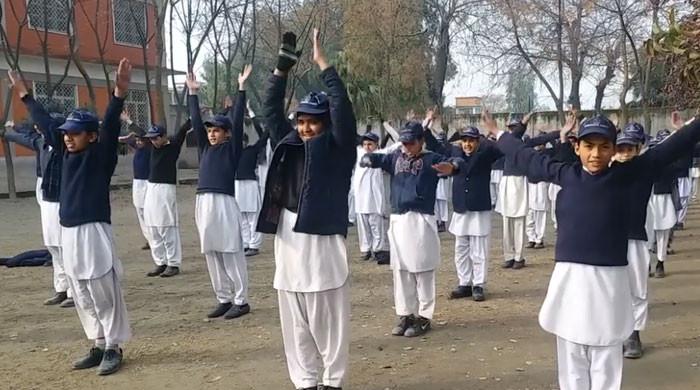STRAP of thousand kilometres across river Indus at the Sindh-Punjab juncture, colloquially known as Katcha, is simply a no-go zone. Those who willingly or coercively step onto woodland find their fate hanging in the balance. The area is notoriously known for its informal economy running on “kidnapping for ransom” enterprise. Sindh Police authorities have admitted before the Sukkur Bench of the Sindh High Court that kidnapping for ransom has become a two-billion rupees industry in the province.
The tricks to net the abductees are myriad, ranging from forced kidnapping to honey-trapping. Some naive buyers are also allured by offering cheap deals of merchandise through online platforms. Once caught, either the captives have to pay the backbreaking ransom for freedom or mediation from influential local figures does the trick for a few lucky ones. Rest, keep toiling; endure psychological, physical and sexual pains and finally succumb to torturous death. To spread deterrence, abductors regularly upload filmed clips of ill-fated abductees, rife with grotesque acts such as chopping off live limbs, mercilessly beating, dragging by chains and committing sodomy.
Seemingly, the spiralling out-of-control lawlessness, abductions including members of minorities, hue and cry raised by victims, goose-bumping ordeals narrated by freed captives, sit-ins on highways and pleas of action by civil society have galvanized the state to launch another kinetic action. A grand operation against the criminals in the Sindh-Punjab riverine belt is in the offing. In the past, police forces of Sindh and Punjab had been conducting individual as well as joint operations sans garnishing any substantial results. The thrust, at best, would result in the temporary displacement of hostages and hostage-takers within a complex web of islets. This time, after approval from the Apex Committee, military and paramilitary aid will be a booster shot.
As a caveat, dealing with Katcha only kinetically sans understanding its deep socio-political and socio-economic footprints will prove the anticipated operation another damp squib. On the socio-political side, the cloak-and-dagger power game is at play. It is an open secret that overlords of notorious criminal bands are feudal or tribal chiefdoms. They patronize the dacoits-cum-abductors and, in return, enhance brawn, much needed for the continuity of their prowess and clout. Criminals at large are the blue-eyed boys and strategic assets for the malicious guardians. The patronage by powers that be keep criminals emboldened. Lords provide them with sophisticated weaponry, shelter and protection. While criminals are used for settling scores and securing vested interests. Katcha dacoits get their backs scratched in favor of scratching their so-called masters’.
On the flip side, the socio-economic tendencies of Katcha are self-explanatory. The area exhibits one of the lowest human development indicators throughout Sindh and Punjab. Lack of educational, health and basic civic infrastructure, let alone employment opportunities, lay a breeding ground for lawlessness. The denizens besotted by the dismal state of affairs appreciate the “rob Peter to pay Pal” conviction subscribed by the criminals. The account of showering the funeral of a notorious dacoit Paro Chandio with 11,000 Ajraks betrays the level of respect criminals have earned by doling out shares of loot among riffraff. The understanding of non-kinetic problem statements reveals that the application of only kinetic measures would be found wanting as in the past. To garnish the desired results of the kinetic operation, we will have to address its concomitant vibes too. To address the politico-economic landscape of Katcha, some bold above-board moves are desired.
The patronage of criminals by unscrupulous chiefs fuels dacoit culture aka Daku Raj. Gun-toting individuals roaming with utmost impunity in the broad daylight sketches a miserable state of writ of state, encouraging others to milk some quick bucks in the garb of inter-tribal feuds. Police should act as a custodian of peace rather than acting as a mediator or playing second fiddle to the shadowy characters. This can only happen if the institution mandated for law enforcement in the region is given operational autonomy. Accountability within ranks will help get rid of venal elements. As iron cuts iron, politico-economic issues can only be resolved by firm resolve backed by political mileage.
For socio-economic redressal, the state will have to invest in the upliftment of the Katcha belt. Civic infrastructure requires a complete overhaul. Structural changes like the construction of the Ghotki-Kashmore bridge will incrementally tighten the noose around dacoit gangs. In the same vein, the inhabitants need to be entertained with empathy and due care. Sweeping measures like labeling, detaining and ostracizing the kith and kin of nominated dacoits lead to further frustration. We will have to win back the confidence of the neutral local populace in the state. Of late, they consider the state as extractive and hostile.
Denizens allege that the police operations are conducted right at the onset of cultivation season, a machination to deprive them of their crops and cattle. Rumors also had it that police resort to the scorched-earth policy during Katcha operations for the maximum financial dent to the dacoits. This policy fires back with vengeance and increased recruitment in the ranks of criminals. The scars and burns inflicted by the criminals of Katcha on the once-serene meadows have left the Katcha bleeding. The sooner the course is corrected, the better. Sufi son of the soil Bhittai had aptly envisaged this grim picture decades ago; The art of butchery, Beloved, whence did you attain? Grasp the sharp knife, not the blunt one, If I must be slain! Behold my wounds, my pain; You’ve rent my flesh so brutally! Sur Barvo Sindhi (III-6)
—The writer is a senior police officer and contributing columnist at Pakistan Observer.
Email: [email protected]






